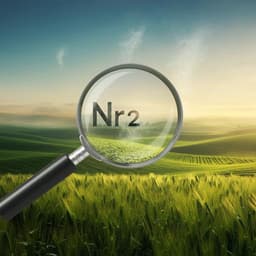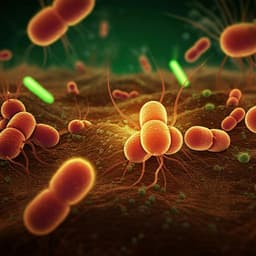
Agriculture
Viromes outperform total metagenomes in revealing the spatiotemporal patterns of agricultural soil viral communities
C. Santos-medellin, L. A. Zinke, et al.
Explore the fascinating world of viral diversity in biochar-amended agricultural soils! This groundbreaking research by Christian Santos-Medellin, Laura A. Zinke, Anneliek M. ter Horst, Danielle L. Gelardi, Sanjai J. Parikh, and Joanne B. Emerson reveals stunning insights into soil viromics, highlighting the significant temporal changes and spatial structures of viral communities. Dive in to discover the interplay between viruses and rhizosphere processes!
Playback language: English
Related Publications
Explore these studies to deepen your understanding of the subject.







